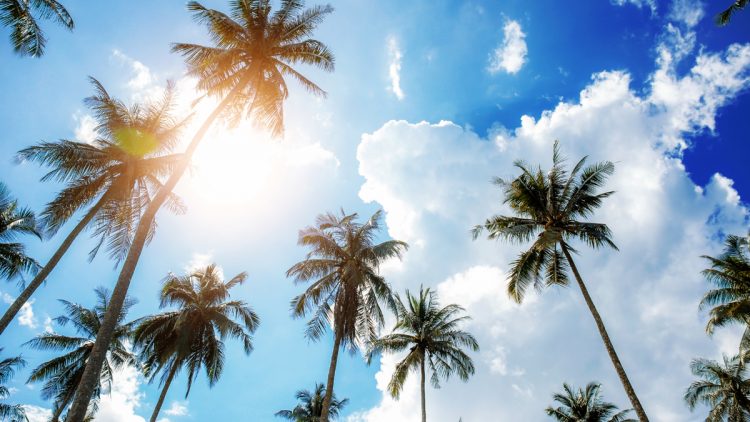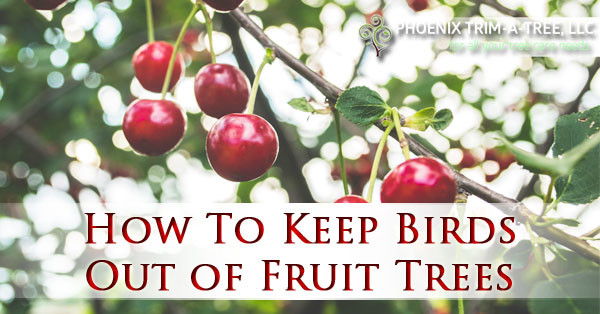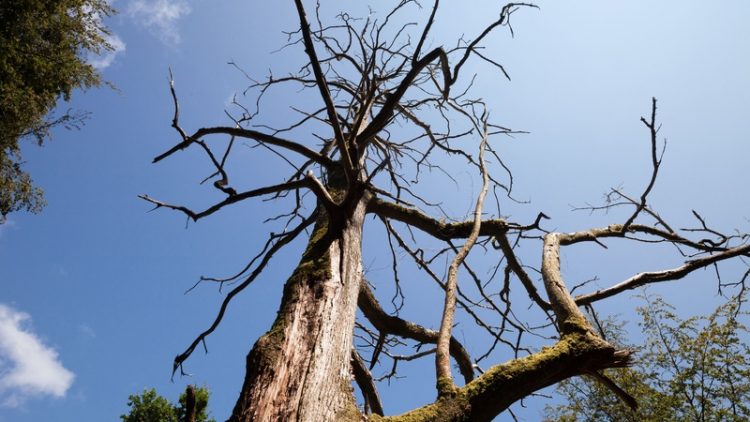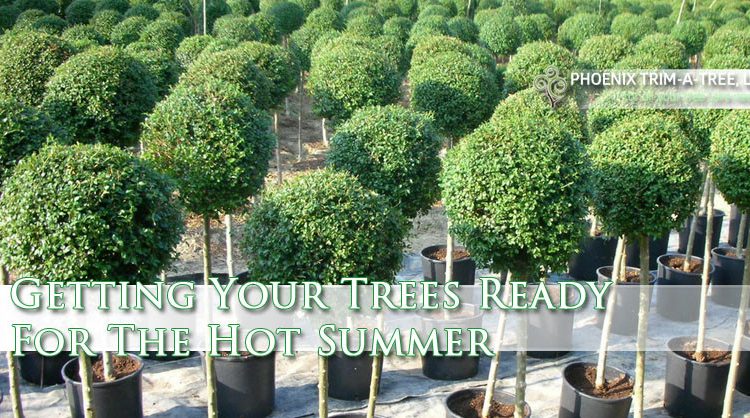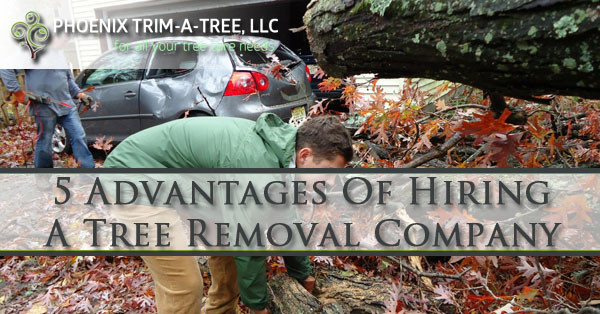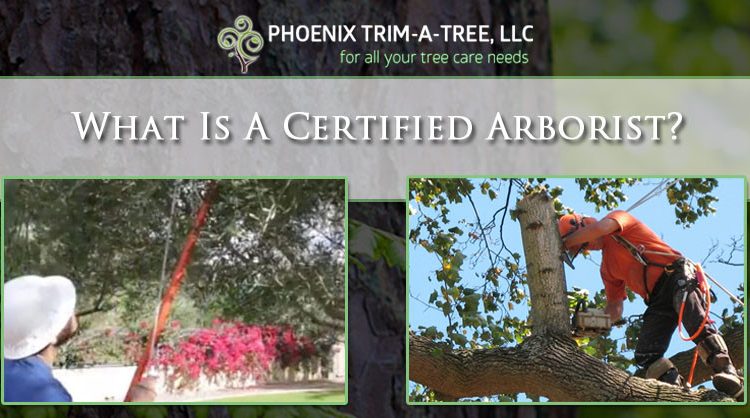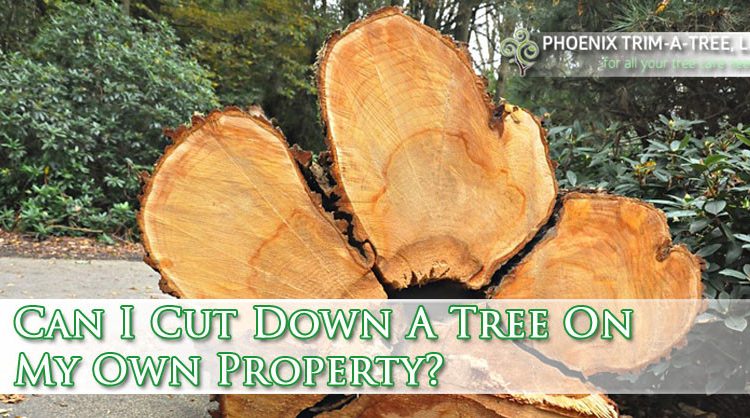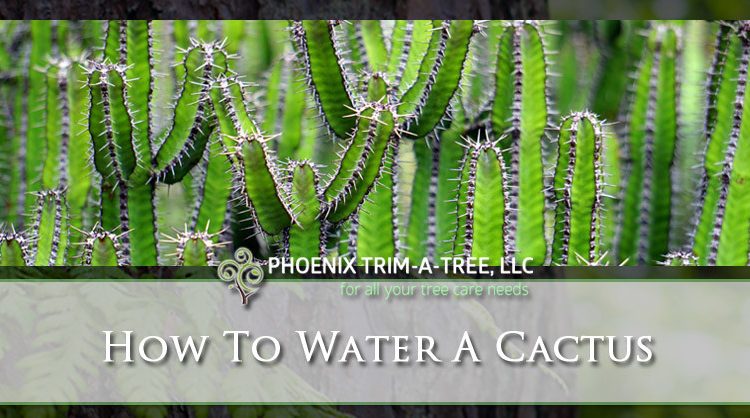How Fast Do Palm Trees Grow In Arizona?
HOW FAST DO PALM TREES GROW IN ARIZONA?
GET A FREE ESTIMATE TODAY!
A lot of Phoenix valley residents are asking the question: “How fast do palm trees grow in Arizona?” How fast your palm will grow depends on the species of palm you have. Some types of palms grow as much as 2 or 3 feet per year while others might only grow to be 5 feet high after several years. When you are planning your landscape pay close attention to the species and plan for how big and fast they will grow. The growth rate of palm trees depend on a various factors which either encourage or discourage growth. Factors range from planting location, irrigation, fertilizing, and pruning. The different species all have different needs for these variables so it is a good plan to talk with your local palm tree nursery to find out how much the species you are planning on planting, or already have, will need. If you need help with Palm Tree Trimming or any palm tree related care, call Phoenix Trim-A-Tree.
PALM GROWTH RATES
When conditions are idea with the watering, fertilizer, pruning and location you can expect healthy growth in your palm trees. Different species of palm trees grow at different rates. See below to get an idea of average growth rates for palm trees.
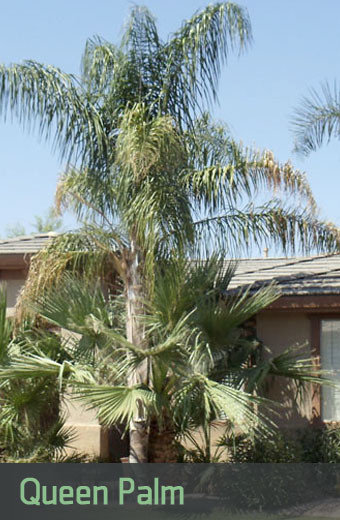
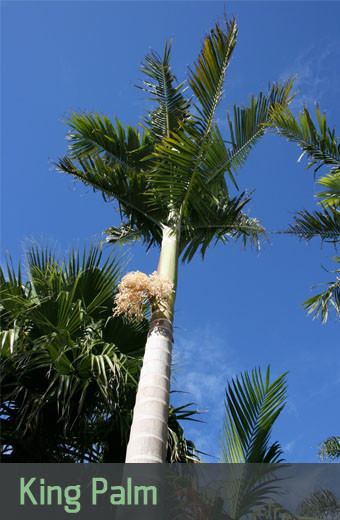
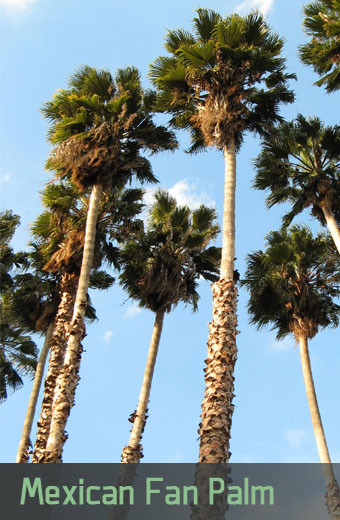
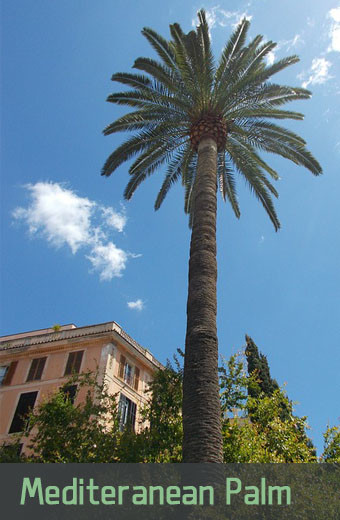
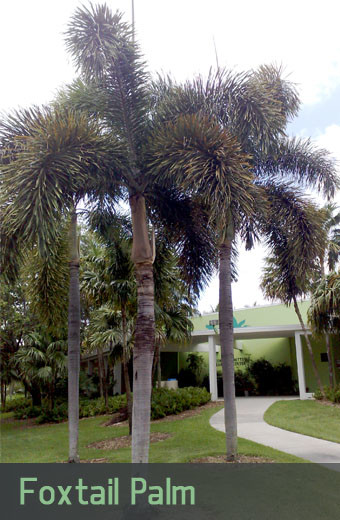
QUEEN PALM
The queen palm when planted in USDA hardiness zones 9 through 11 grows about 2 feet each year. This means if you buy a 15 gallon plant you can expect a 25 foot Queen Palm in about 10 years. This is considered a fairly high growth speed.
KING PALM
Another fast growing palm is the King Palm. They grow quickly in soil that has good moisture and plenty of nutrition. The growth rate for the King Palm is nearly 2 feet each year. This makes it a little slower than the Queen Palm. This rate can be faster when the palm is planted in partial shade as it will grow faster towards light.
MEXICAN FAN PALM
These palm trees are one of the faster growing palm trees that is common in Arizona. They can reach dizzying heights for 70 to 100 feet which is typically too tall for most residential yards. Under ideal conditions you can expect an incredible 4 feet of growth per year from these palms. Their height and quick grow makes them very popular for commercial use or in public parks.
MEDITERRANEAN PALM
Also known as the European Fan Palm these palms are fairly slow growing. They grow about 6 inches a year and reach their mature height of 20 feet quiet slowly. They are still incredibly popular as they have a beautiful fronds and bark. They also make a great addition to most residential landscapes as they do not over power the visual presentation of the landscaping or home.
FOXTAIL PALMS
The Foxtail palm is a fast growing palm tree and under ideal conditions it can grow from 2 to 3 feet each year. They can grow to about 30 feet high and will reach that height in about 10 years. This is a great option for people looking for a great canopy and quick growing palm tree. This tree also features a deep root stem which makes it quiet drought tolerant.
PALM TREE TRIMMING & CARE
Phoenix Trim-A-Tree takes care of palm trees anywhere in the Phoenix metro area to help this iconic staple of Arizona looking their best. We trim palm trees and care for the overall health by enriching the soil with the nutrients needed for them to grow tall and strong. We can also help you understand how to best water the type and size of palms you have on your property. If you have palm trees that are sick or dead they should be cared for or removed to prevent damages or injuries on your property. If you have palms allow us to care for them and keep you safe.
WE ALSO OFFER PALM TREE REMOVAL FOR TREES THAT ARE SICK, DEAD, OR POSE A HAZARD TO YOUR LANDSCAPE.


